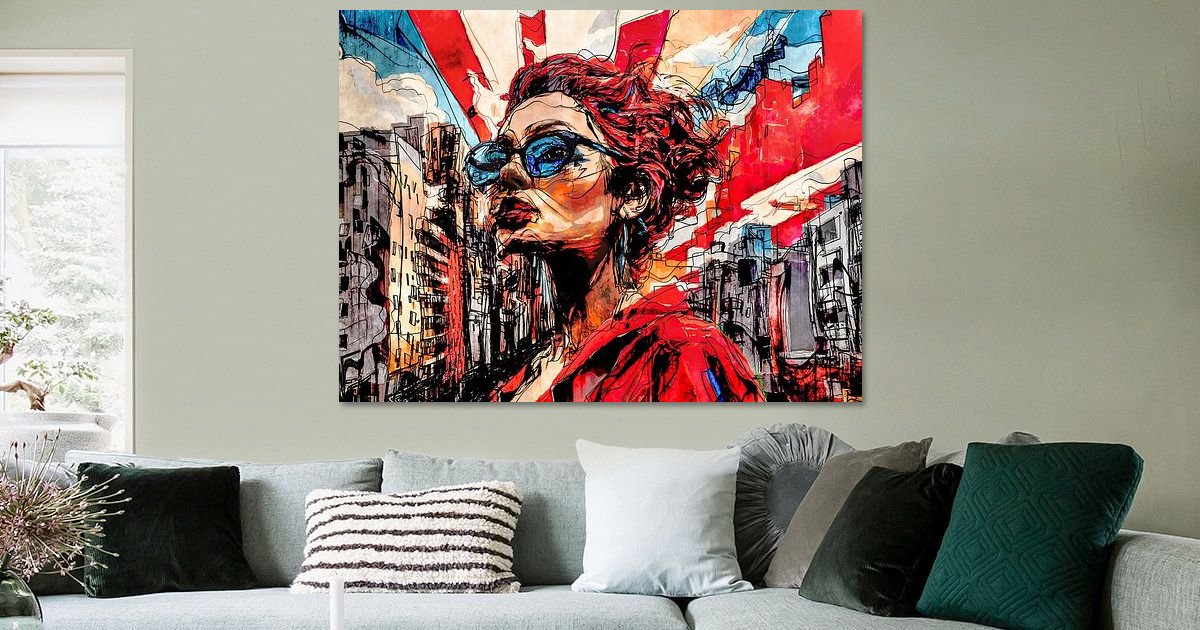In the evolving landscape of digital art, the potential for NFTs to harmonize with traditional print art forms presents an exciting frontier. As someone who has navigated the realms of print art sales for years, transitioning into crypto-art not only broadened my horizons but also sparked an idea that could revolutionize how we appreciate and value art in its various forms.
Why Combine NFTs with Print Licenses?
Imagine purchasing a digital artwork as an NFT and having the exclusive option to own it as a physical print. This hybrid model would not only preserve the tactile essence and collectability of traditional art but also embrace the verifiable, decentralized nature of blockchain technology. Here’s why this integration is beneficial:
- Enhanced Artistic Value: By attaching print licenses to NFTs, artists can offer a more tangible connection to their work. This feature caters to art lovers who appreciate physical displays of art as well as digital enthusiasts.
- Increased Market Potential: Providing a print option could attract a broader audience, including traditional art collectors who may be skeptical about the purely digital nature of NFTs.
- Innovative Revenue Streams: Artists can diversify how they monetize their artworks—selling not just the digital version but also limited edition prints.
Proposed Feature: Print License NFTs
The concept is straightforward:
- Dual Availability: Each NFT would include a high-resolution file stored securely in the blockchain (or a linked container), intended for printing. A lower-resolution image would serve as the display version for online platforms.
- Flexible Licensing Options:
- Personal Print License: Allows the NFT owner to print a single personal copy of the artwork.
- Commercial Print License: Enables the owner to produce multiple prints, potentially for resale, under a more expansive commercial arrangement.
- Integrated Logistics: Costs associated with printing and global shipping would be included in the minting costs, simplifying the process for collectors.
Potential Collaborations to Explore
To realize this vision, partnerships with established print-on-demand services such as FineArtAmerica could be instrumental. These platforms already have the infrastructure and logistical prowess to handle custom print orders and shipments worldwide. Integrating their services with NFT platforms could provide a seamless bridge between digital and physical art markets.
A Call to Action for Marketplaces
While I have proposed this feature to various marketplaces, the response has been underwhelming. The integration of print licenses in NFTs represents uncharted territory with the potential to significantly impact the art community. It’s a call to innovation in how art is produced, sold, and enjoyed.
The Artistic and Collectible Merit of NFTs
With NFTs, the art isn’t just about viewing; it’s about owning an experience. The addition of a print license would enrich this experience, allowing collectors to engage with art in multiple formats—from the glow of their screens to the walls of their homes.
This vision for the future of NFTs bridges the gap between the old and the new, adapting to the evolving demands of art enthusiasts and collectors. It respects the heritage of print art while embracing the progressive potential of crypto art. I am eager to see how marketplaces respond to this call. The fusion of digital and tangible art forms could herald a new era for creators and collectors alike, making art truly universal and accessible to all.
Conclusion
Integrating print licenses with NFTs is more than an innovation—it’s a new paradigm that respects and merges traditional and modern artistic expressions. As we look forward, let’s rethink not just what art is, but what it can be—a truly immersive, accessible, and collective experience enriched by technology.
